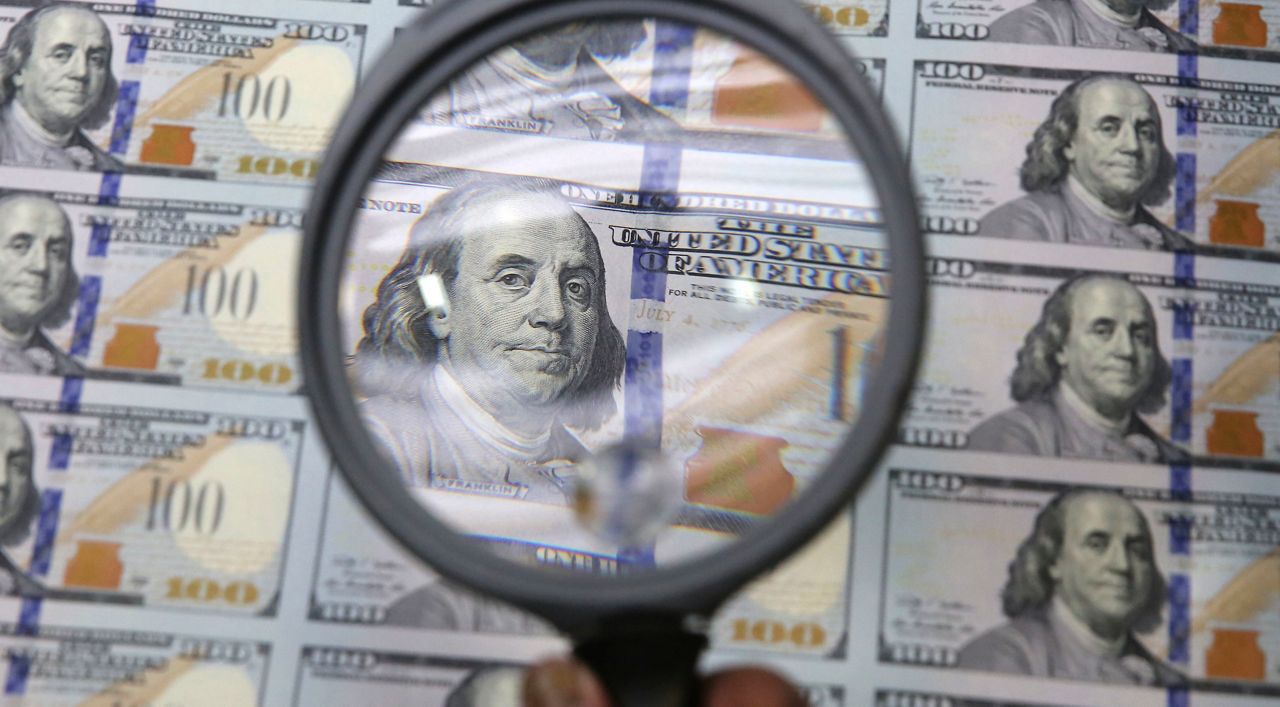County governments on Thursday pegged their coronavirus pandemic revenue losses at $3.5 billion — an evaporation of money that will make a bailout all but necessary for municipalities in New York.
The losses for county governments outside of New York City include $2 billion in sales tax, occupancy taxes, casino revenue and other local taxes that have disappeared during the freezing of the economy to prevent the spread of the virus.
County governments also anticipate an additional $1.25 billion in cuts to state reimbursement.
“These new numbers reflect the troubling reality we’re seeing on the ground, that with the economy in a medically induced coma, local governments are facing unprecedented declines in revenue that is their life blood of county operations,” said John Marren, the president of the New York State Association of Counties. “The extreme measures put in place to stop the spread of COVID-19 were necessary and right, but now local governments need help in the form of direct federal aid to continue the testing, tracing, and emergency response coordination that is crucial to defeating the virus and reopening our communities.”
The association’s economic impact study found sales tax has taken a hit from anywhere between $350 million and $780 million. As much as $1.9 billion in sales tax receipts could be lost.
Local governments will be bracing for additional economic pain this summer as doubt is being cast on holding major gatherings like the track meet at Saratoga Springs and the New York State Fair in Syracuse.
The National Baseball Hall of Fame in Cooperstown, on Wednesday, cancelled its annual induction ceremony, held in August.
“The situation we’re seeing is moving from grim to catastrophic,” said Executive Director Stephen Acquario. “With widespread layoffs, shuttered business and shelter in place orders, retail sales have fallen off a cliff and taken sales tax revenue with it. In the absence of this vital revenue stream, and with potential cuts in state aid, local governments simply do not have the tools or resources to sustain operations without direct aid from the federal government.”



